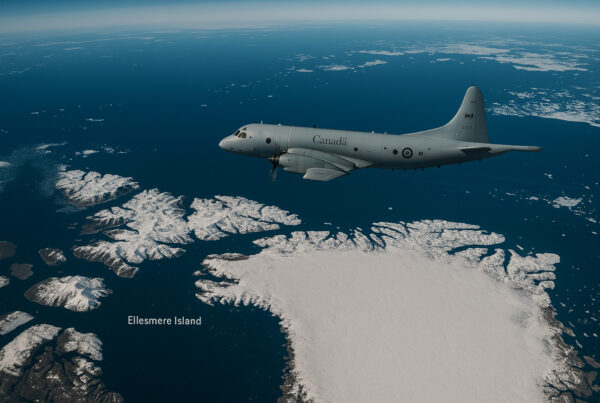The recent military exercises conducted by China around Taiwan have underscored an escalation in Beijing’s aggressive posturing towards the island nation. These drills, some of the largest to date, involved over 150 aircraft, including advanced fighters like the stealthy J-20, and a substantial number of naval assets. The maneuvers effectively simulated a blockade, covering both the eastern and western sides of Taiwan in a bid to enhance China’s control over strategic areas and heighten the pressure on Taiwan’s government, which has increasingly leaned toward a pro-independence stance.
Objectives and Scale of the Drills
The People’s Liberation Army (PLA) coordinated across its Eastern Theatre Command, deploying various air, land, and sea units. Notably, the exercises included operations by China’s coast guard, which joined in mock patrols around Taiwan’s outer islands, particularly Kinmen and Matsu, areas historically significant due to previous skirmishes. This level of mobilization has not only heightened regional security tensions but has also signaled China’s preparedness for potential confrontations in the area. Taiwan’s Ministry of National Defense recorded repeated violations of Taiwan’s Air Defense Identification Zone (ADIZ), with nearly half of the Chinese aircraft crossing the median line of the Taiwan Strait, a historical boundary respected until recent years.
Taiwan’s Strategic Response
In response, Taiwan has bolstered its defenses, mobilizing air assets such as its F-16 Vipers and deploying domestically developed missiles, including the Hsiung Feng III anti-ship missiles, which are crucial in its naval deterrence strategy. Taiwan’s government is acutely aware of the stakes, viewing these drills as part of China’s broader strategy of “gray-zone” operations. This hybrid approach blurs the lines between war and peace, using a mix of military, informational, and psychological tactics to erode Taiwan’s defenses and morale gradually. By enhancing missile production and fortifying its defensive perimeters, Taiwan is underscoring its resolve to counter any potential aggression.
The Strategic Importance of Taiwan in Sino-Western Relations
This intensification of military activity around Taiwan reflects China’s desire to reshape regional power dynamics, especially amid rising U.S. support for Taiwan. As Beijing doubles down on its claim over Taiwan, the country has also engaged in diplomatic and economic tactics to secure its interests. However, these exercises bring to the forefront the vulnerabilities in China’s global positioning, especially in terms of interdependence in trade and finance. By showcasing its military capabilities, China aims to deter Taiwan’s independence ambitions while indirectly warning international actors of its commitment to control Taiwan, even at significant strategic cost.
Hybrid Warfare: The New Normal in the Taiwan Strait
China’s actions represent more than just a military flex; they form a multifaceted approach to regional dominance that includes economic, diplomatic, and psychological pressure. The drills demonstrate China’s readiness for a long-term confrontation, seeking to normalize military presence in the region while gradually undermining Taiwan’s sovereignty. Analysts suggest that this hybrid strategy leverages Taiwan’s vulnerabilities while navigating international law’s ambiguities, allowing China to assert its power without crossing into overt warfare.
Implications for Canada and Global Democracies
This escalation poses broader implications for countries like Canada, which has committed to the principles of a rules-based international order. As China challenges these norms, there is a pressing need for a concerted global response that can counter Beijing’s hybrid tactics effectively. Democracies worldwide must develop comprehensive strategies, from coordinated economic measures to enhanced defense partnerships, that deter China’s aggression while supporting Taiwan’s right to self-governance.
China’s latest military drills serve as a stark reminder of its ambitions and the urgency of establishing a unified and effective deterrent. For Canada and its allies, formulating a cross-domain response that addresses not only the military dimension but also the information and economic aspects of China’s hybrid warfare will be crucial to maintaining stability in the Taiwan Strait and beyond.








